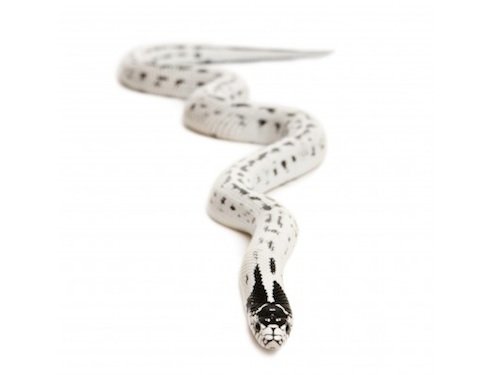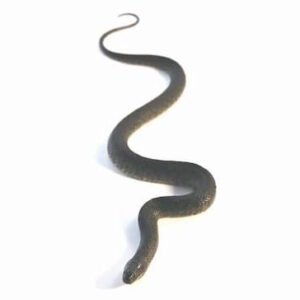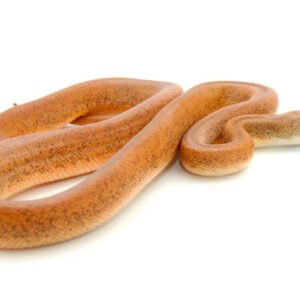Characteristics and Appearance of High White California Kingsnake
The High White California Kingsnake (Lampropeltis getula californiae) is a striking subspecies known for its distinctive appearance, making it a favorite among snake enthusiasts and collectors. One of the most notable attributes of this snake is its brilliant white coloration, which is often complemented by rich black bands or stripes. This high contrast creates a visually stunning effect that sets it apart from other variations within the kingsnake family.
Typically, adult High White California Kingsnakes can reach lengths of up to 5 feet, with some individuals occasionally exceeding this size. Their robust bodies are not only pleasing to the eye but also equipped for a range of behaviors. The high white phenotype results from selective breeding, leading to variations in patterns, including completely white individuals or those with reduced dark markings. These physical attributes create intrigue and admiration among reptile enthusiasts.
In terms of temperament, High White California Kingsnakes are generally known to be calm and docile, making them suitable for both novice and experienced keepers. They exhibit a curious nature, and while they may hiss or rattle when threatened, they ultimately prefer to retreat. Their activity patterns typically show peak activity during dawn and dusk, a characteristic known as crepuscular behavior. Understanding these behavioral traits, alongside their unique physical characteristics, is crucial for potential owners who wish to provide a proper environment.
Furthermore, factors such as genetics and environmental conditions can play a significant role in developing the high white appearance of these snakes. Their striking looks, combined with a manageable temperament, certainly contribute to the allure of the High White California Kingsnake in the exotic pet trade.
Habitat, Diet, and Care Requirements
The high white California kingsnake, known for its striking appearance and fascinating behavior, primarily inhabits various ecosystems across California and neighboring states. These snakes commonly thrive in arid regions, rocky terrains, and chaparral areas with sparse vegetation. Their geographical distribution spans from coastal areas to inland deserts, where they can readily find shelter in crevices, underbrush, and other natural formations. This diversity in habitat is beneficial for their survival, allowing them to adapt to varying environmental conditions.
In the wild, high white California kingsnakes exhibit a carnivorous diet, predominantly feeding on small mammals, birds, lizards, and other reptiles. Their ability to consume different prey types contributes to their position as effective predators within their ecosystem. When kept in captivity, it is crucial to duplicate their natural dietary preferences by providing a varied diet consisting of appropriately sized rodents, such as mice or rats, and occasionally, reptiles. It is essential that the food is thawed and properly sized to prevent feeding issues or health complications.
For those considering high white California kingsnakes as pets, understanding their care requirements is paramount. A suitable habitat setup should include an appropriately sized enclosure with secure ventilation and hiding places, reflecting their natural environment. Temperature regulation is also critical; a thermal gradient of 75°F to 85°F should be maintained, along with a basking area reaching 90°F. Humidity levels should be kept moderate but watchful to prevent respiratory issues. Furthermore, establishing a consistent feeding regime, typically once a week, and monitoring for any signs of health complications require special attention to ensure their well-being. Overall, proper care will allow these unique serpents to thrive in captivity, providing their owners with a rewarding experience.





